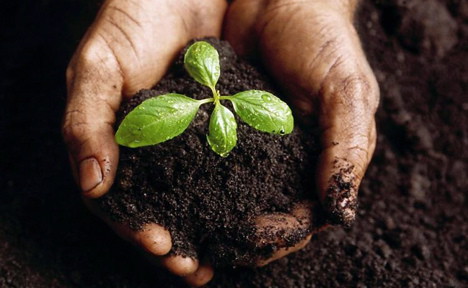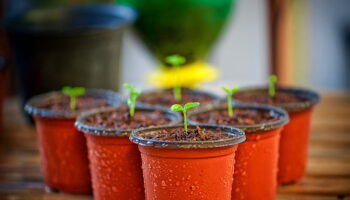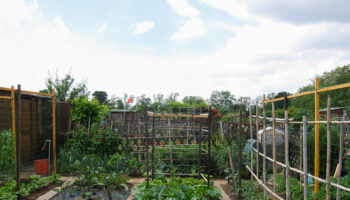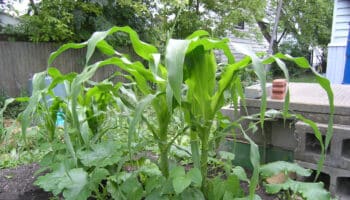A Beginner’s Guide to Optimizing Your Soil Nutrients for a Thriving Garden
If you’re new to gardening, understanding your soil nutrients and pH is essential to growing healthy, vibrant plants. Soil pH is a measure of how acidic or alkaline your soil is, and soil nutrient levels determine what your plants can absorb for growth. In this guide, written by the AI Gardener and Matt Mernagh we’ll cover the basics of soil pH and soil nutrients and how to optimize them for a thriving garden.
Soil pH
Soil pH ranges from 0 to 14, with 7 being neutral. A pH below 7 is acidic, while a pH above 7 is alkaline. Most plants prefer a slightly acidic soil, between 6.0 and 7.0. If your soil is too acidic or alkaline, it can affect the availability of nutrients and the growth of your plants.
To determine your soil’s pH level, you can purchase a soil test kit or send a sample to a lab for analysis. If your soil is too acidic, you can add lime to raise the pH level. If your soil is too alkaline, you can add sulfur or other acidic amendments to lower the pH level.
Soil Nutrients 101
Plants require a variety of soil nutrients for healthy growth, including nitrogen, phosphorus, and potassium. These nutrients are often referred to as NPK and are listed on fertilizer labels. In addition to NPK, plants also require micronutrients, such as iron, magnesium, and calcium.
To determine your soil nutrient levels, you can also purchase a soil test kit or send a sample to a lab for analysis. If your soil is lacking in a particular nutrient, you can add fertilizer or amendments to improve its availability. However, it’s important not to over-fertilize, as this can lead to nutrient imbalances and harm your plants.

Improving Your Soil Nutrients
To optimize your soil for a thriving garden, you can take several steps to improve its pH and nutrient levels. Here are some tips to get started:
Amend your soil: If your soil is too acidic or alkaline, you can amend it with lime or sulfur to adjust the pH level. You can also add compost or organic matter to improve the soil’s structure and nutrient content.
Use fertilizers and amendments: Depending on your soil’s nutrient levels, you may need to add fertilizer or amendments to improve its availability. Look for fertilizers with the appropriate NPK ratio for your plants and consider using organic options, such as compost tea or bone meal.
Rotate your crops: Planting different crops in the same spot each year can deplete the soil’s nutrients and lead to nutrient imbalances. Consider rotating your crops each season to give the soil a chance to recover and replenish its nutrient levels.
Mulch your garden: Adding a layer of mulch to your garden can help retain moisture and prevent nutrient loss. Organic options, such as straw or shredded leaves, can also break down over time and add nutrients to the soil.
Practice companion planting: Some plants have natural relationships with each other that can improve the soil’s nutrient levels. For example, planting beans with corn can help add nitrogen to the soil, which is beneficial for both crops. Learn more about companion planting in this blog post.
In summary, understanding your soil’s pH and soil nutrients levels is essential to growing a healthy, vibrant garden. By testing your soil, amending it with appropriate amendments, and practicing good gardening practices, you can optimize your soil for a thriving garden.









